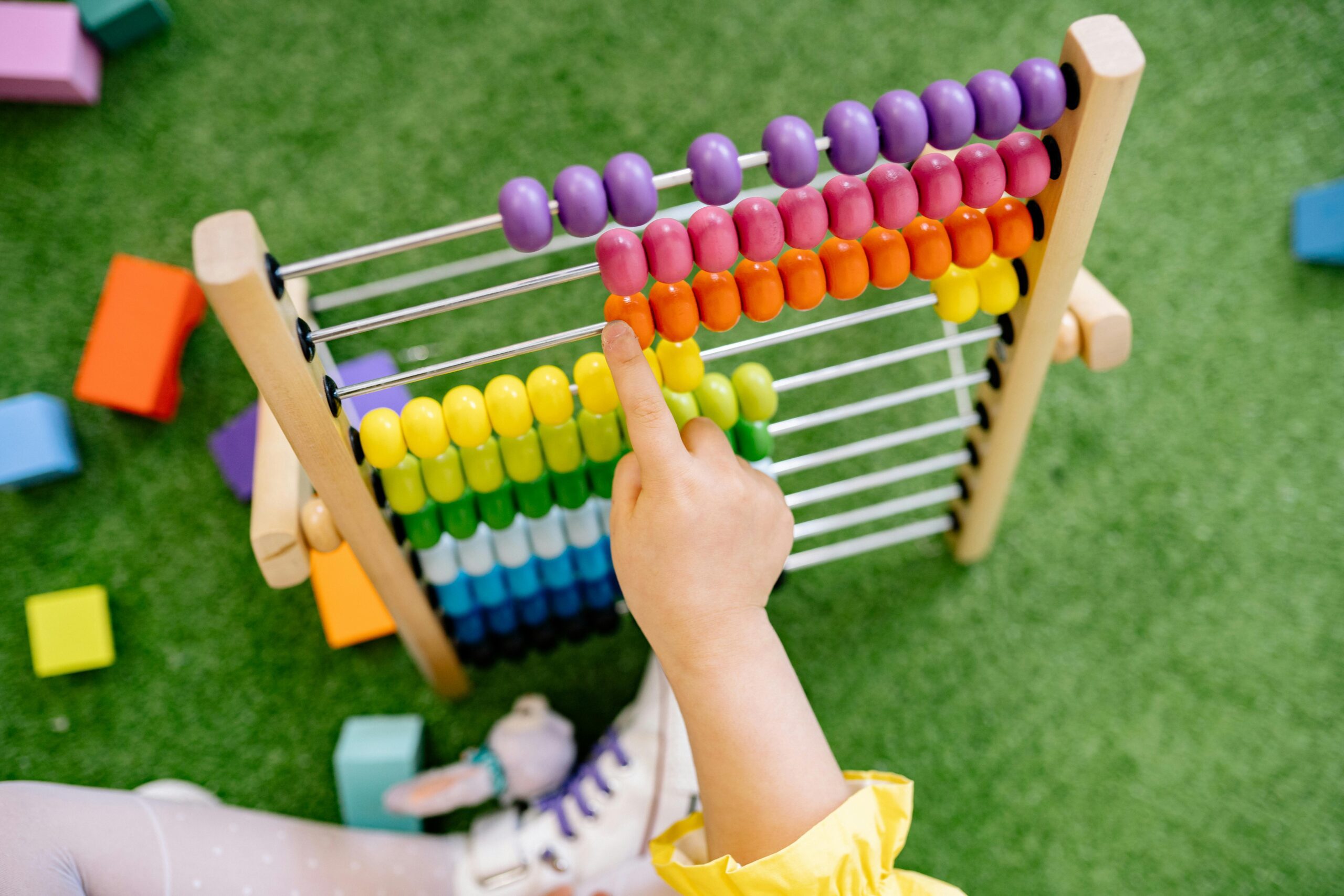
Once Upon a Formula: Unlocking Maths Through Storybooks
Maths picture storybooks are an engaging way to blend storytelling with mathematical concepts, often accompanied by illustrations. These books make maths more relatable and enjoyable, helping children grasp foundational mathematical ideas such as counting, shapes, patterns, and measurement through captivating narratives.
by Angelique PodstavnychyAs a maths specialist, I have found the following benefits when using maths picture storybooks:
1. Connects Mathematics to Real Life
Storybooks often place maths in real-world contexts, helping children understand its relevance and practical application. For example, the storybook Bean Thirteen by Matthew McElligott humorously introduces division and remainders by telling a story about sharing beans and dealing with leftovers.
2. Builds Mathematical Language
Mathematical terminology and vocabulary are naturally integrated into the narrative, encouraging children to think and communicate mathematically. A solid understanding of mathematical language boosts confidence, allowing children to interpret problems and apply strategies effectively.
3. Visualisation of Mathematical Ideas
Illustrations provide clear representations of mathematical concepts, aiding understanding and retention. One is a Snail, Ten is a Crab by April Pulley Sayre and Jeff Sayre creatively uses animals to represent numbers, helping children visually grasp counting and addition in a tangible way.
4. Fosters Problem-Solving Skills
Many storybooks incorporate challenges that characters solve using maths, encouraging critical thinking and problem-solving. The Greedy Triangle by Marilyn Burns, for example, follows a triangle exploring different shapes, enhancing spatial reasoning and problem-solving skills.
5. Engagement & Development of Positive Attitudes
By presenting maths in an enjoyable and creative way, storybooks help reduce maths anxiety and foster a positive attitude toward the subject. Turning abstract concepts into relatable stories makes maths less intimidating and more approachable.“
While maths picture books are often associated with younger children, they can also benefit older audiences. Some picture books explore more advanced concepts like fractions, geometry, and algebra in a visually engaging way. For instance, Sir Cumference and the Fraction Faire by Cindy Neuschwander uses an enjoyable storyline to introduce key fraction concepts such as numerators, denominators, and equivalents.
Another example is Mummy Math: An Adventure in Geometry by Cindy Neuschwander, where siblings Matt and Bibi use their knowledge of geometric solids and hieroglyphics to solve puzzles and escape from an Egyptian pyramid. The action-packed narrative makes learning geometry both fun and accessible.
Maths storybooks are a simple, affordable way to spark a child’s interest in maths. Reading them together boosts understanding and enthusiasm for the subject. Research shows that while adults rarely read maths books aloud (Pentimonti et al., 2011), doing so leads to greater engagement (Langford, 1994) and more mathematical conversations (Hojnoski et al., 2014). Your involvement can make a big difference—Happy Reading! Please visit Maths Through Stories for more storybooks organized by maths topics.
Reading maths picture story books can provide a warm blanket for the child's mathematical knowledge and provide insights into the child's mind.Ginsburg, 2016
